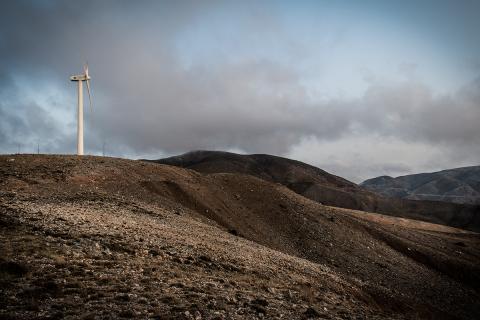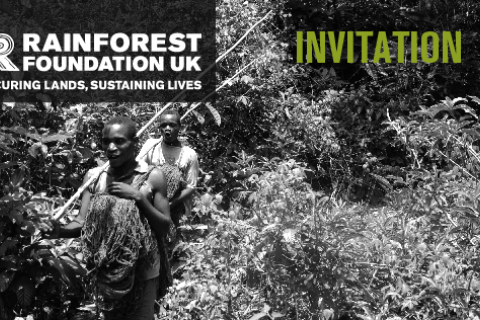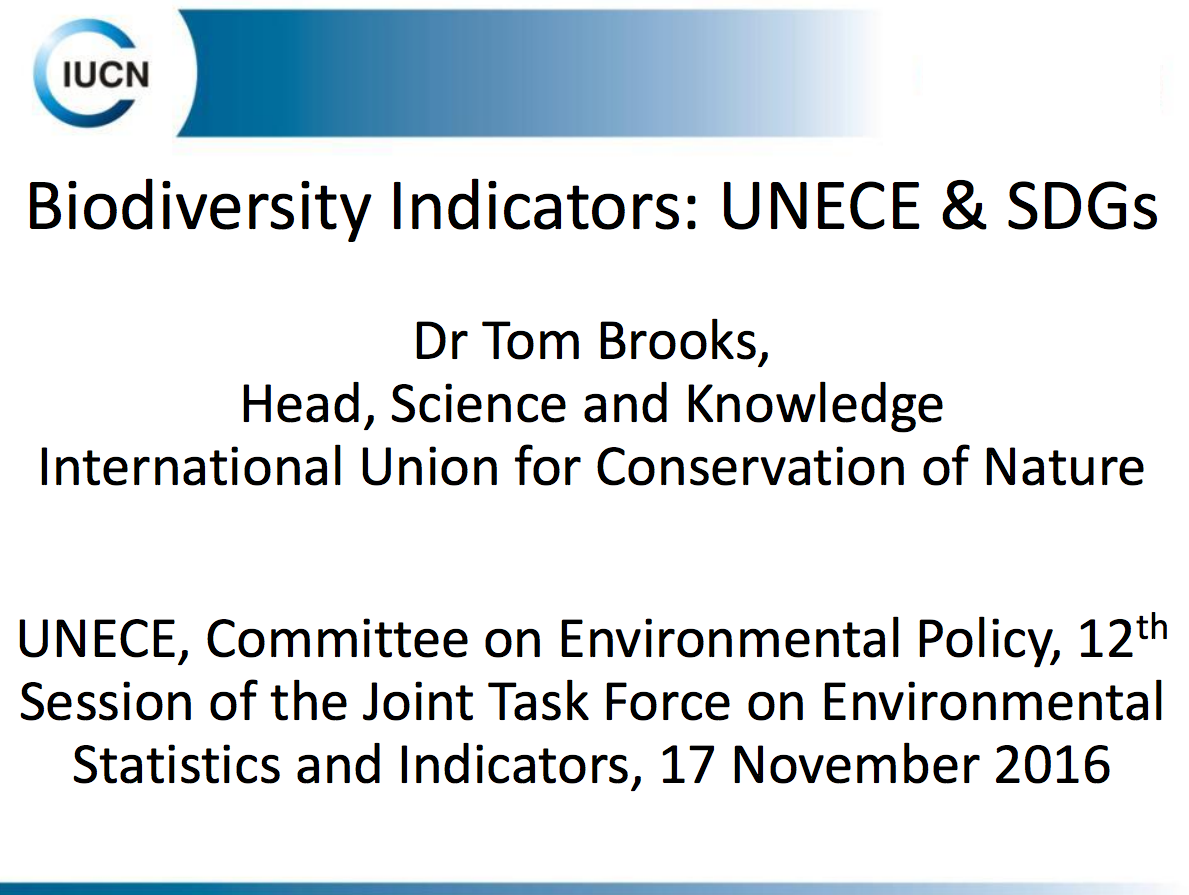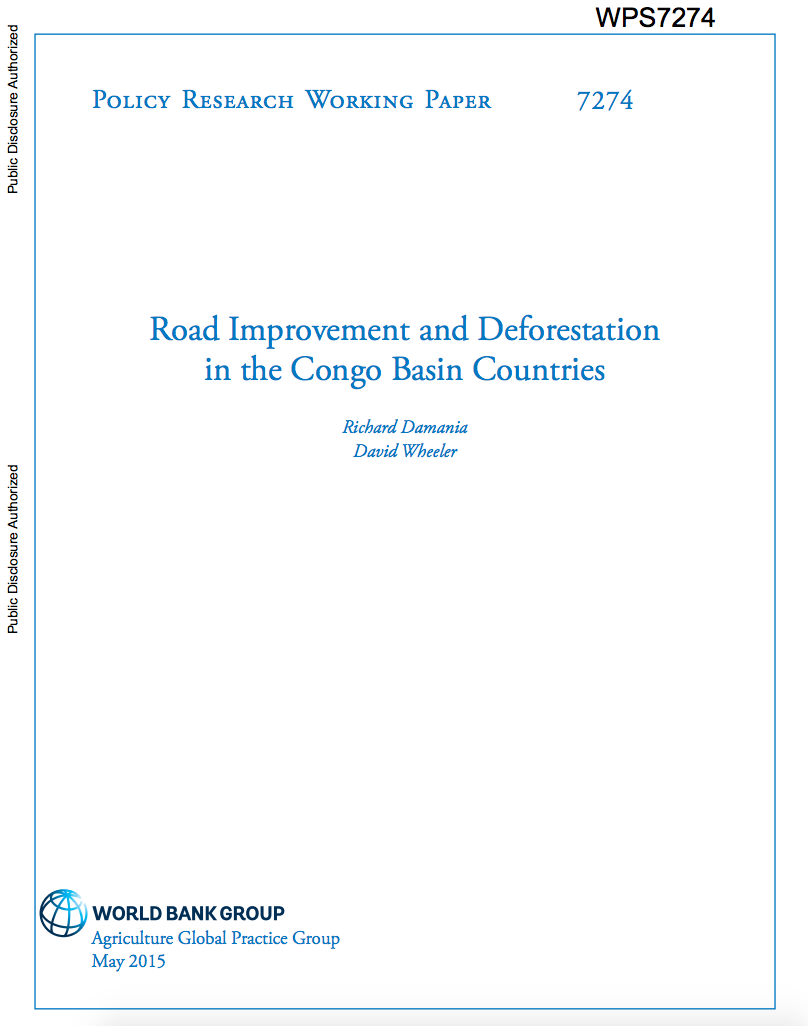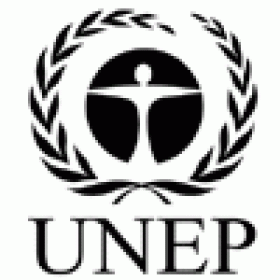
Proportion of important sites for terrestrial and freshwater biodiversity that are covered by protected areas, by ecosystem type
Last updated on 1 February 2022
This indicator is currently classified as Tier I. The United Nations Environment Programme (UNEP) is the Custodian agency for this indicator.
Unit of measure: Mean percentage of each terrestrial and freshwater Key Biodiversity Area covered by (i.e. overlapping with) protected areas and/or Other Effective Area-based Conservation Measures
Sub Indicators: Average proportion of Freshwater Key Biodiversity Areas (KBAs) covered by protected areas (%), Average proportion of Terrestrial Key Biodiversity Areas (KBAs) covered by protected areas (%)
Why is this indicator important?
To bring the global decline in biodiversity to a halt and secure a long-term and sustainable use of terrestrial and freshwater natural resources, it is crucial to safeguard important sites. Establishing protected areas is an essential mechanism to reach this objective. SDG Indicator 15.1.2 measures progress toward the conservation, restoration and sustainable use of terrestrial and freshwater ecosystems and their services, in accordance with international agreements.
How is the indicator measured and monitored?
SDG indicator 15.1.2 measures the proportion of important sites for terrestrial and freshwater biodiversity that are covered by protected areas, by ecosystem type. Data derived from a spatial overlap between digital polygons for protected areas from the World Database on Protected Areas, digital polygons for Other Effective Area-based Conservation Measures (OECMs) from the World Database on OECMs, and digital polygons for terrestrial and freshwater Key Biodiversity Areas (from the World Database of Key Biodiversity Areas, including Important Bird and Biodiversity Areas, Alliance for Zero Extinction sites, and other Key Biodiversity Areas) is the basis for the calculation of the indicator. Protected areas are defined by IUCN as clearly defined geographical spaces, recognized, dedicated and managed, through legal or other effective means, to achieve the long-term conservation of nature with associated ecosystem services and cultural values.
According to the metadata document, the value of the indicator at a given point in time, based on data from the year of protected area establishment recorded in the World Database on Protected Areas, is computed as the mean percentage of each Key Biodiversity Area currently recognized. Disaggregation is available by national, regional, and global levels and ecosystem types. The indicator does not encompass degazetted sites that are not listed in the World Database of Protected Areas, as well as ‘proposed’ or ‘not reported’ sites and protected areas lacking digital boundaries.
International organizations responsible for global monitoring are the United Nations Environment World Conservation Monitoring Centre (UNEP-WCMC), BirdLife International (BLI), and the International Union for Conservation of Nature (IUCN).
By Anne Hennings, peer-reviewed by UNEP.
Official indicator data
Proportion of important sites for terrestrial and freshwater biodiversity that are covered by protected areas, by ecosystem type. This dataset provides a percentage of the mean proportion of Key Biological Areas (KBA) that are protected for their environmental values in both terrestrial ecosystems and freshwater ecosystems. * Select "year" below to see the most recent data for more countries. ** To refresh the map with other official data, use the ’Select an indicator field’. Type in the other indicators titles, as given in the table below.
| Indicator | Min-Max Number of years |
Countries / Obs | Min / Max Value |
|---|---|---|---|
| Average proportion of Freshwater Key Biodiversity Areas (KBAs) covered by protected areas (%) | |||
| Average proportion of Terrestrial Key Biodiversity Areas (KBAs) covered by protected areas (%) |
Other related indicators on Land Portal
Other related data: In addition to the official indicator data, the following indicators provide information related to terrestrial and marine protected areas and community or indigneous land rights in protected areas.
| Indicator | Min-Max Number of years |
Countries / Obs | Min / Max Value |
|---|---|---|---|
| Marine protected areas (% of territorial waters) | |||
| Terrestrial and marine protected areas (% of total territorial area) | |||
| Terrestrial protected areas (% of total land area) | |||
| X - Land Rights in protected areas - Community Lands | |||
| X - Land Rights in protected areas - Indigenous People |
The Climate Crisis, Global Land Use, and Human Rights
On September 27th, the Columbia Center on Sustainable Investment (CCSI), Sabin Center for Climate Change Law, Landesa, and Wake Forest Law School will be hosting a day-long conference on the intersection between land use, the climate crisis and clean energy transition, and human rights.
How Could Land Tenure Security Affect Conservation?
By Yuta Masuda and Brian E. Robinson
I’m sitting in a Mongolian yurt, listening to and trying to emulate Bataa’s* songs about love for the grasslands and the wide, treeless plains of the Mongolian Plateau. Our host sings with consuming passion. I might have brushed his enthusiasm off as a show two weeks ago. But after living and working in these grasslands, the feeling of freedom that comes from unobstructed, far-off distant horizon is infectious.
Thirst for coltan, gold threatens Venezuelan forests, indigenous lands
By: Jeanfreddy Gutiérrez Torres
Date: October 31st 2016
Source: Mongabay
- Venezuela has invited foreign companies to play a leading role in developing the Orinoco Mining Arc, potentially opening 12 percent of the country to mining interests, and endangering forests, rivers, national parks and indigenous lands in the remote southeastern part of the nation.
Towards Rights-Based Conservation in the Congo Basin
A presentation by the Rainforest Foundation UK and Réseau Ressources Naturelles (RRN).
To be sustainable, nature conservation must also support the rights, livelihoods and cultures of local communities. International conservation organisations recognise this, but have these good intentions been reflected in efforts to protect Africa’s rainforests?
Paginação
Terrestrial Species in Protected Areas and Community-Managed Lands in Arunachal Pradesh, Northeast India
Protected areas (including areas that are nominally fully protected and those managed for multiple uses) encompass about a quarter of the total tropical forest estate. Despite growing interest in the relative value of community-managed lands and protected areas, knowledge about the biodiversity value that each sustains remains scarce in the biodiversity-rich tropics.
Biodiversity Indicators: UNECE & SDGs
Dr Tom Brooks, Head, Science and Knowledge International Union for Conservation of Nature UNECE, Committee on Environmental Policy, presentation on Biodiversity Indicators: UNECE and the SDGS at the 12th Session of the Joint Task Force on Environmental Statistics and Indicators, 17 November 2016.
Long‐term avian community response to housing development at the boundary of US protected areas: effect size increases with time
Biodiversity conservation is a primary function of protected areas. However, protected areas also attract people, and therefore, land use has intensified at the boundaries of these lands globally. In the USA, since the 1970s, housing growth at the boundaries (
global, remote sensing‐based characterization of terrestrial habitat heterogeneity for biodiversity and ecosystem modelling
AIM: Habitat heterogeneity has long been recognized as a key landscape characteristic determining biodiversity patterns. However, a lack of standardized, large‐scale, high‐resolution and temporally updatable heterogeneity information based on direct observations has limited our understanding of this connection and its effective use for biodiversity conservation.
Road Improvement and Deforestation in the Congo Basin Countries
Road construction has often been viewed
as the precursor to deforestation, especially in tropical
forests. Traditional responses to such threats have been
reactive, with attempts to mitigate impacts through physical
measures, or the establishment of protected areas. These
Paginação
![]()

By 2020, ensure the conservation, restoration and sustainable use of terrestrial and inland freshwater ecosystems and their services, in particular forests, wetlands, mountains and drylands, in line with obligations under international agreements
Indicator details
The Indicator is conceptually clear, has an internationally established and available methodology and standards, and that data is regularly produced by countries for at least 50 per cent of countries and of the population in every region where the indicator is relevant.
Key dates:

